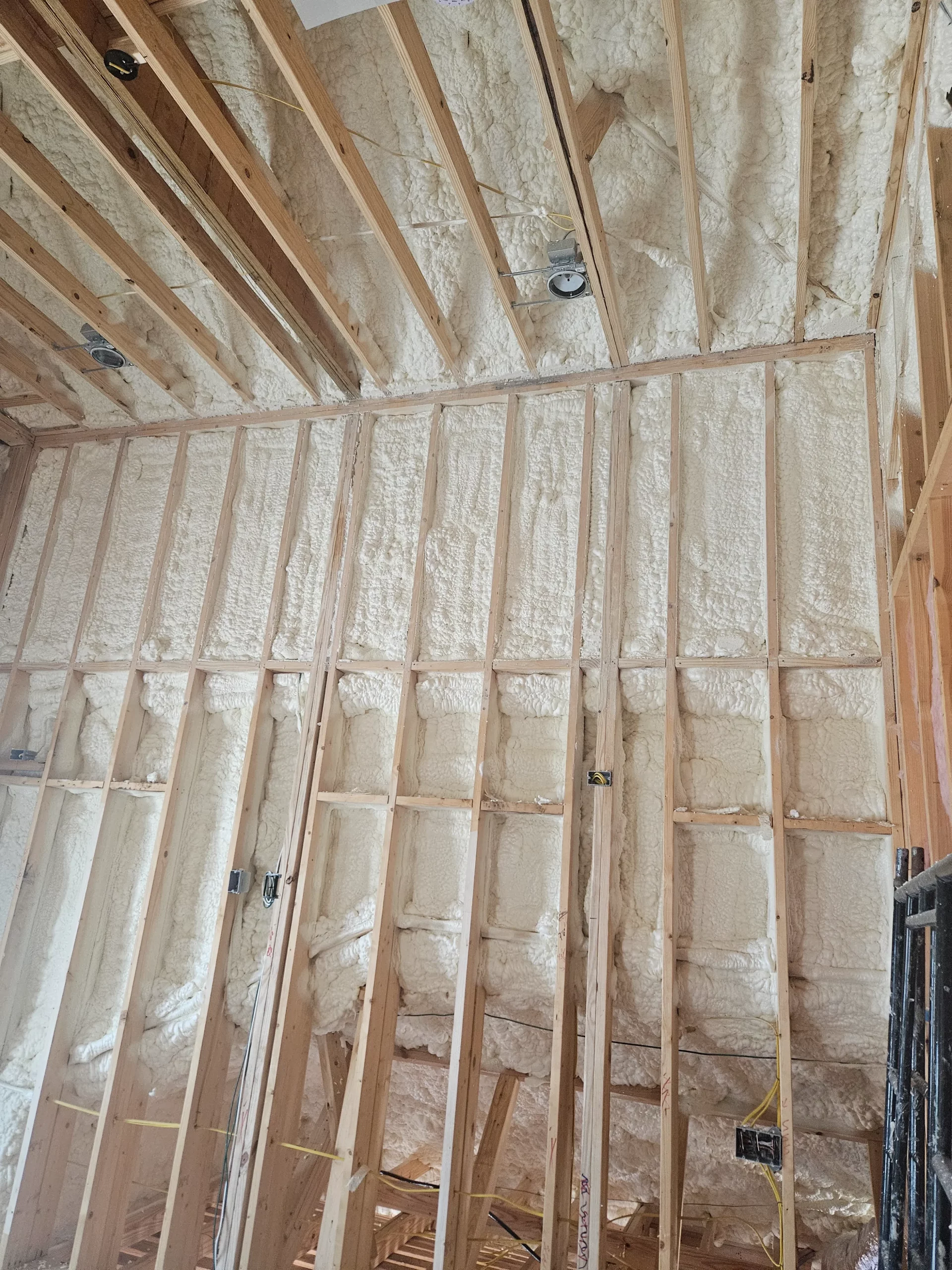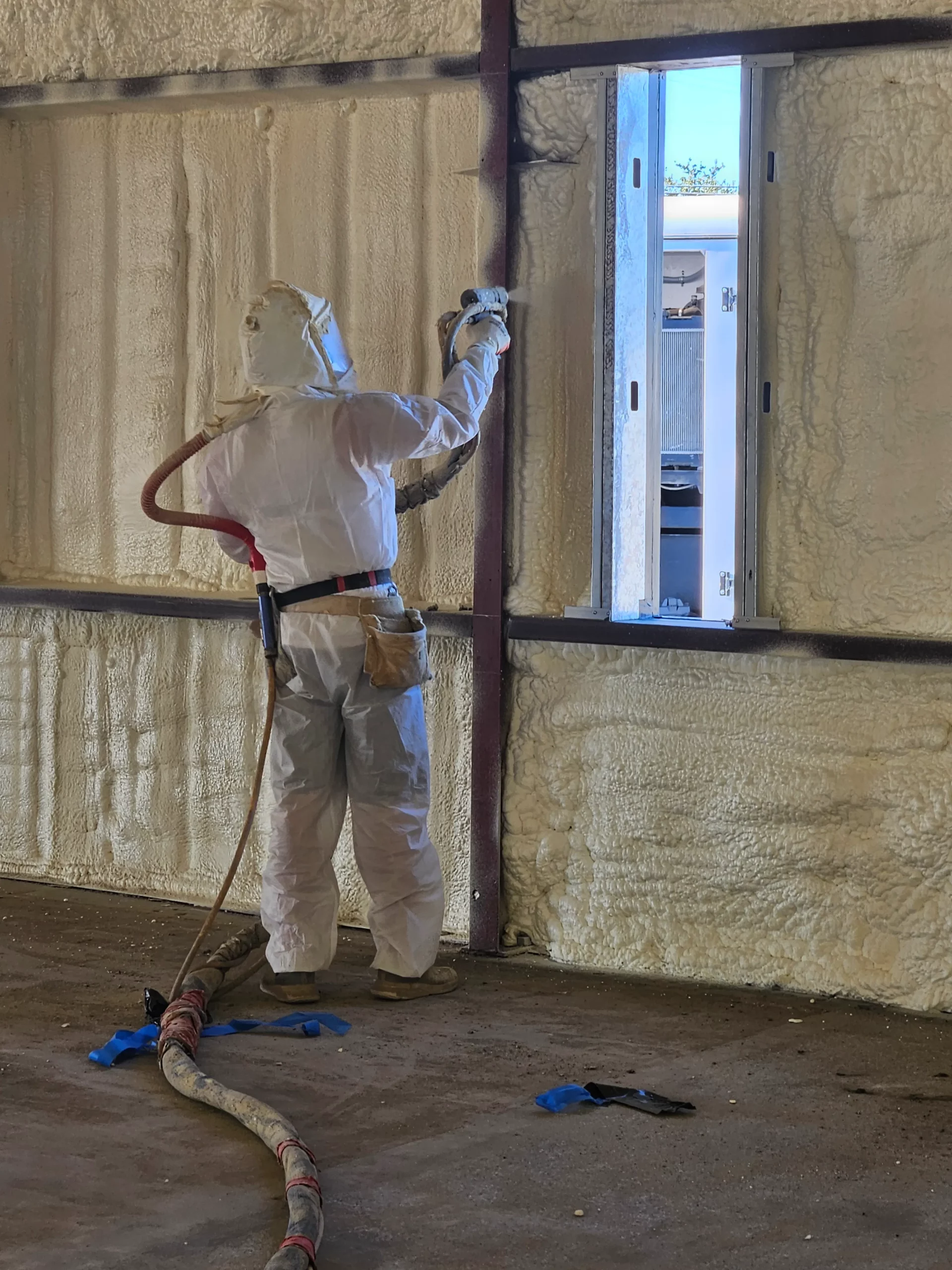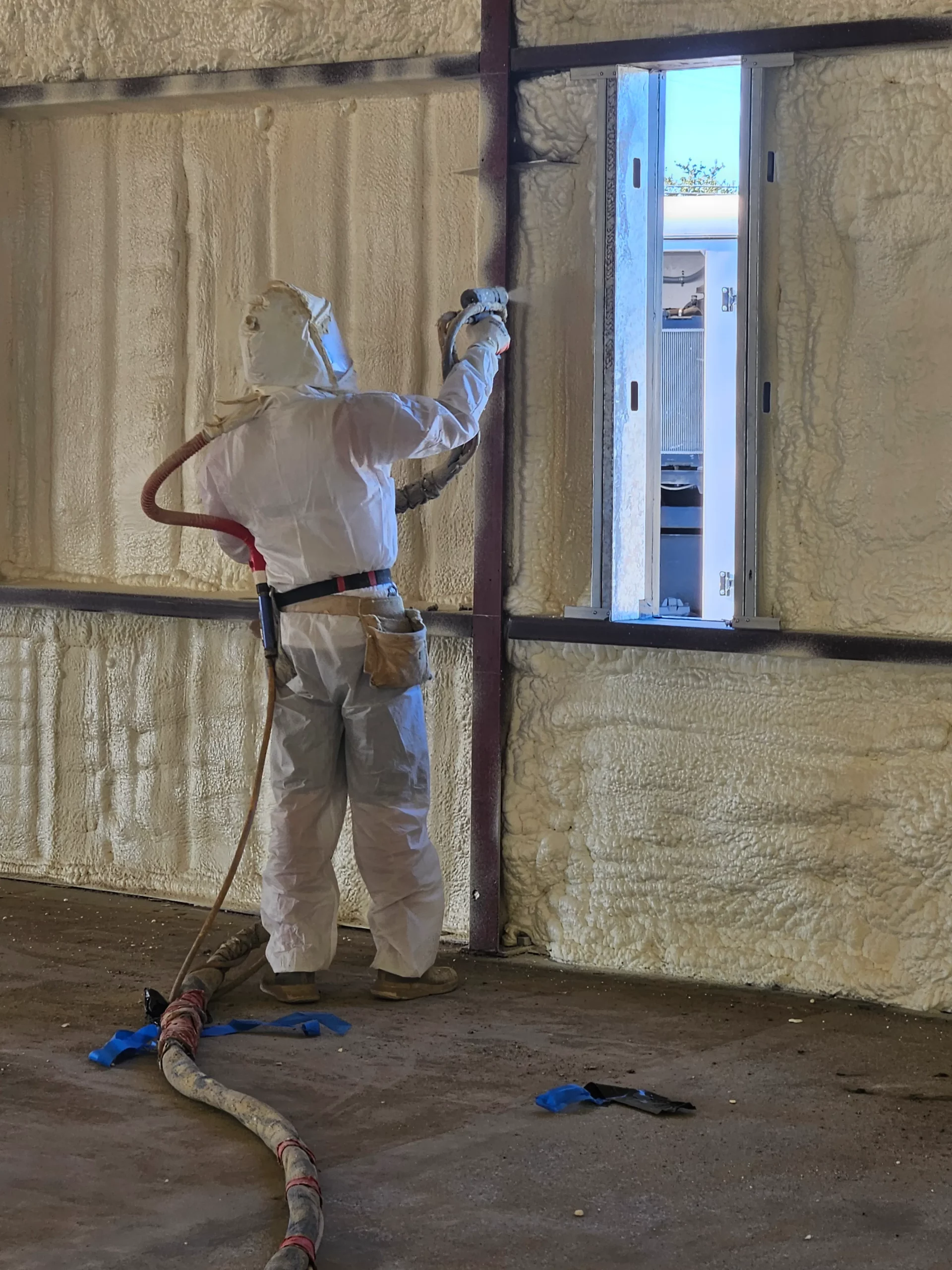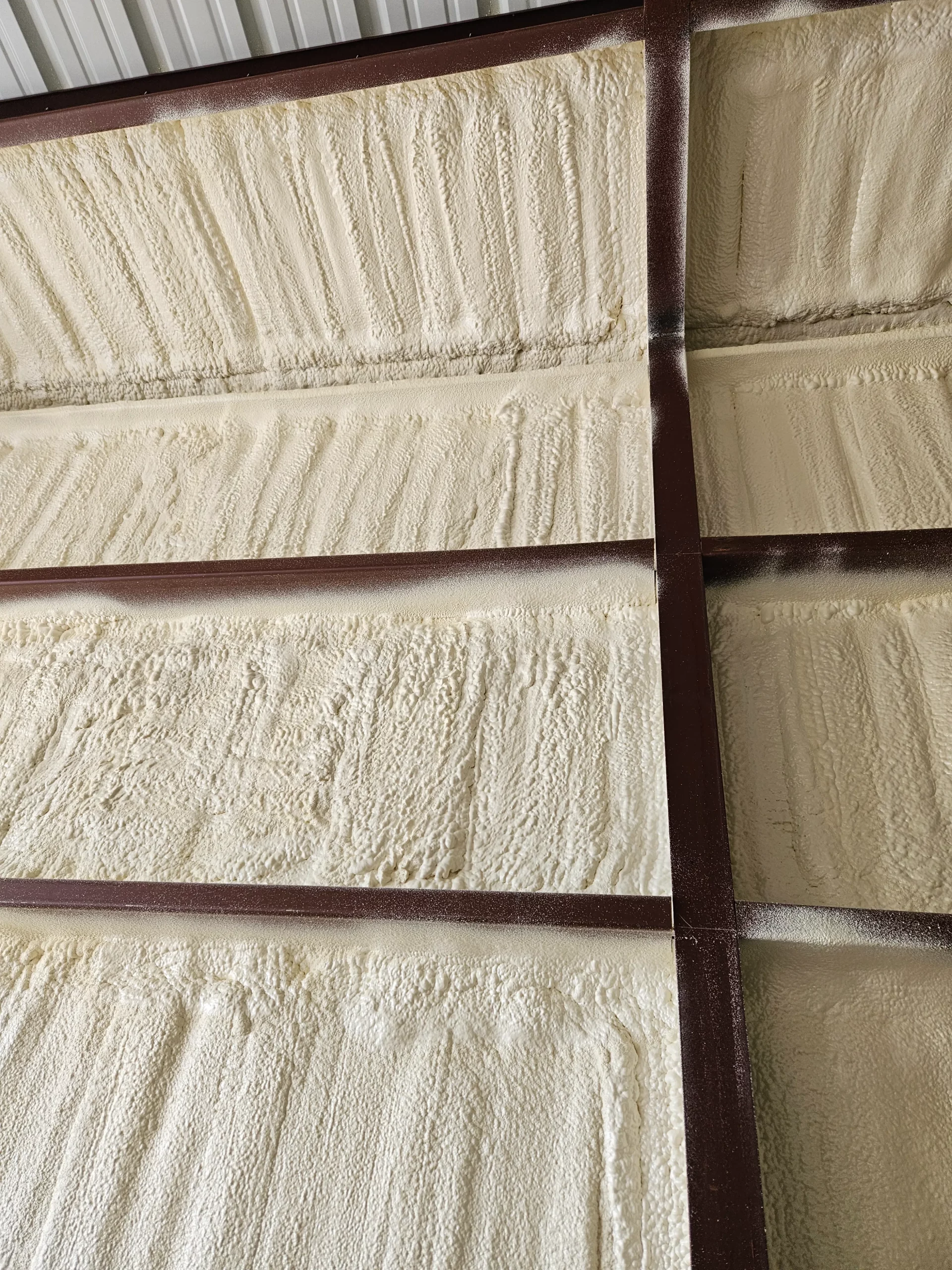

Spray foam insulation reduces energy bills in Leander homes by minimizing air leakage and improving thermal resistance. Compared to traditional insulation, spray foam forms an air-tight seal, cutting down on heat loss during winter and heat gain during summer. This directly lowers HVAC usage, which accounts for over 50% of home energy consumption in Central Texas, according to the U.S. Energy Information Administration (EIA).
Closed-cell spray foam offers one of the highest R-values per inch, making it suitable for Leander’s high-temperature summers and cool winters. Open-cell options provide effective coverage for interior applications where flexibility and sound dampening are prioritized. Spray foam delivers consistent performance even under temperature swings common in Williamson County.
Spray Foam Tech shares these insights based on direct field experience installing spray foam in new and existing Leander homes over the past decade. This includes performance tracking, seasonal assessments, and customer data on post-installation utility trends.
Spray foam insulation expands upon application, sealing cracks, voids, and penetrations that allow conditioned air to escape. The result is improved building envelope performance.
Traditional materials like fiberglass or cellulose primarily act as thermal barriers. Spray foam functions both as insulation and air barrier, which improves energy retention.
Leander experiences over 100 days annually above 90°F. Effective insulation must resist radiant heat and block air infiltration. Spray foam delivers on both fronts, reducing HVAC cycling and indoor temperature swings.
| Feature | Spray Foam (Open/Closed Cell) | Fiberglass Batts | Blown Cellulose |
|---|---|---|---|
| R-Value per inch | 3.5 (Open), 6.0-7.0 (Closed) | ~3.2 | ~3.5 |
| Air Sealing | Yes | No | Limited |
| Water Resistance | High (Closed Cell) | Low | Low |
| Mold Resistance | Yes | No | Moderate |
| Lifespan | 30+ years | 10-25 years | 10-20 years |
| Application Flexibility | High | Moderate | Moderate |
| Specification | Open-Cell Spray Foam | Closed-Cell Spray Foam |
|---|---|---|
| R-Value (per inch) | 3.5-4.0 | 6.0-7.0 |
| Expansion Rate | ~100x original volume | ~30x original volume |
| Perm Rating (Moisture) | High (Vapor Permeable) | Low (Vapor Retarder) |
| Density | 0.5 lb/ft³ | 2.0 lb/ft³ |
| Sound Dampening | High | Moderate |
| Structural Strength Contribution | Low | High |
Use thermal imaging after installation to confirm consistent coverage and identify potential weak spots for resealing.

Schedule insulation upgrades during renovation or roofing projects to reduce labor duplication and improve access.
Speak directly with insulation professionals who understand Leander’s climate, code requirements, and energy-saving opportunities. Contact Spray Foam Tech at:
Phone: (737) 777-9590
Email: oldworldtx@hotmail.com
Most Leander homeowners report noticeable energy bill drops in the first full billing cycle after installation.
Once cured, both open- and closed-cell spray foam are inert and safe. Proper ventilation during installation is critical.
DIY kits exist, but for effective air sealing and coverage, professional application is strongly recommended.
Open-cell foam significantly reduces sound transmission, especially in interior walls and ceilings.
Properly installed spray foam insulation lasts over 30 years without major degradation.
No. Spray foam doesn’t settle or shift like loose-fill options, so no top-offs are needed.
None under normal conditions. Periodic attic or wall inspections can help identify unrelated structural issues.
Spray foam can be layered over or alongside other materials, depending on structure and moisture strategy.
Yes. Closed-cell spray foam acts as a moisture barrier, reducing the likelihood of condensation and mold.


